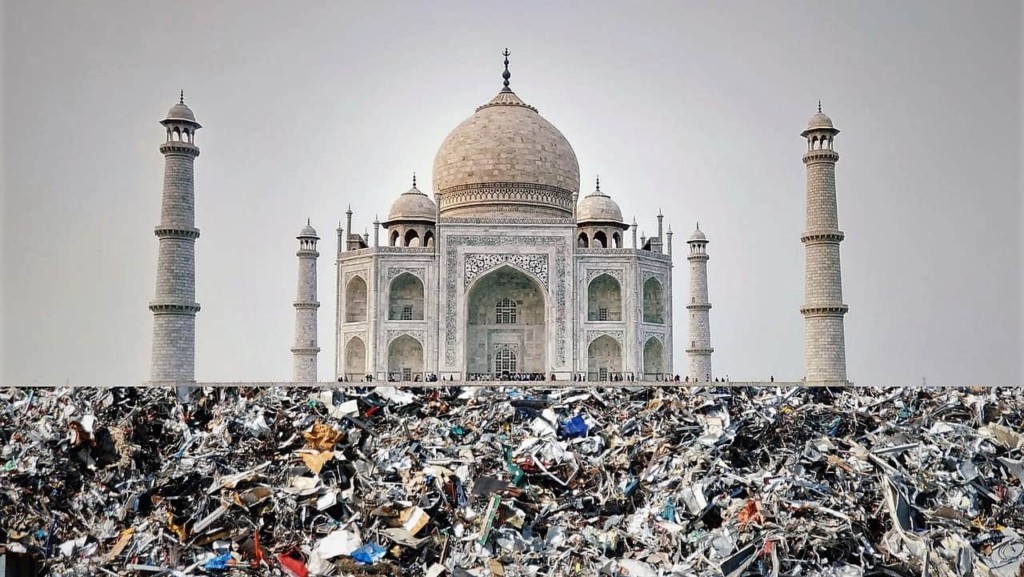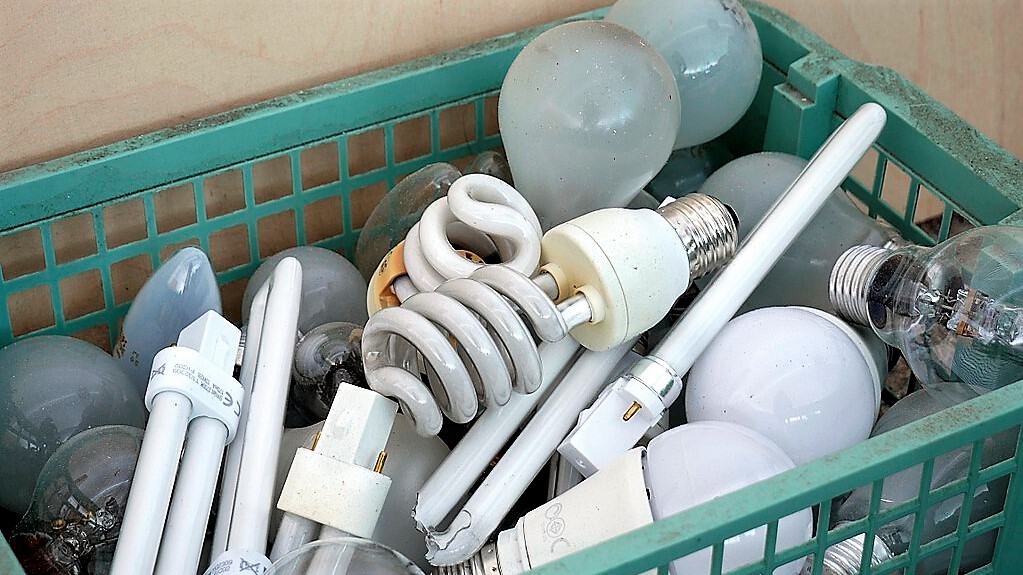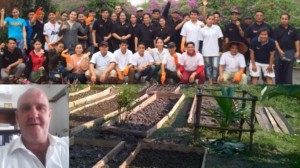Piling up: India tourism’s growing waste management problem

Sustainable tourism leader Tejas Joseph summarises the waste management challenges facing India and its travel, tourism, and hospitality sectors, and recommends the first step towards taking responsibility for it.
Travel & tourism accounted for 9.2% of India’s GDP in 2018 and facilitated 8.1% of employment. Further, the travel & tourism industry in India is slated to grow by around 6.9% annually, making it one of those sectors capable of attracting ever larger investments for continued development.
Piling up along this path of success is the growing problem of waste. While exact figures are not available, micro studies and extrapolations suggest that tourism and hotels in India accounts for about 30% of waste from an estimated 62 million tonnes generated by the nation annually! This is indeed a disproportionately large volume of waste by a single sector. And it shows no signs of decreasing when there is neither a strategic engagement by the travel & tourism industry to deal with it nor an enlightened policy intervention by government.
Municipal solid waste management is a global problem, but more so in developing countries due to a lack of services and effective management procedures. Although authorities in these countries claim to allocate 30 – 50% of their civic budgets to waste management, it benefits less than 50% of their populations.
Free-floating garbage
In India it is assumed that only around 75% of the solid waste generated in the country is collected by municipal bodies. Of this only around 25% is recovered systematically for recycling, landfills, or incineration. This leaves the rest to fly under the radar, littering public and private landscapes before getting washed into sewers, lakes and rivers by rains.
This free-floating garbage has been cited as a major cause of flooding of many Indian cities in recent years. How such uncollected and untreated waste impacts public health remains a matter of conjecture in the absence of any revealing numbers. However, it can be assumed with a degree of certainty that such waste does indeed affect public health as much as it does the environment.

Solid waste management has four critical aspects to it apart from its generation. These include collection, sorting, storage, and disposal/treatment. Even if the first three are addressed, the manner in which the last – disposal/treatment – is executed will determine the long term success or failure of any waste management program.
Ragpickers & NGOs
In a country like India where civic services linked to waste removal and treatment are slim and poor it falls upon the private sector to fill in the gaps in whatever way possible. The role of the informal sector represented by a loose community of “ragpickers” cannot be over-estimated in this regard. It is assumed that close to 4 million individuals – men, women and children – are involved in trash collection around the nation’s cities, accounting for a sizeable volume of waste that gets recovered for recycling or re-use. This informal and invisible sector is active in big and small Indian cities alike, complementing and sometimes even substituting for the services of official bodies.
Additionally, a great number of private bodies — notably NGOs — have dedicated their resources, manpower and commitment to managing waste in innovative ways. While these exercises are worthy of note — for their passion and dedication to the cause of public health and the environment — they do not make a serious difference to the problem of waste countrywide.
It has come as a late realisation to many that the efforts of ragpickers and NGOs, commendable as they are, cannot fill in the blanks on their own without adequate support from government.
Since public infrastructure is created by government, it is they who are in the best position to steward it. A failure at this end is what lies at the bottom of the large waste problems that haunt many developing countries, affecting the quality of life of their people and the aesthetics of their physical environments.

Back to basics for travel & tourism
Waste management in India’s travel & tourism sector is largely a self-initiated affair. There are no stipulated guidelines nor official mandates that set objectives or incentives for any industry. Those in the industry who are inclined to take responsibility for their own waste come from other sectors, such as agriculture, that already appreciate the value of responsible waste management, or are led by enlightened administrations concerned about their footprints.
Evolve Back Resorts, located in the state of Karnataka in southern India is a family concern whose vision was forged in the plantation sector going back half a century at the time of India’s independence. It was through agriculture that they learned the fine art of balancing ecological imperatives with commercial success. They brought this insight into the hospitality sector, which they entered in the 1990s.
As a high-end group of luxury resorts, Evolve Back understands that waste cannot be wished away. It was a matter of concern from the start, which provoked a continued search for methods and systems.
Measurement first
The first breakthrough was the realisation that measurement ought to be the first step. Then, over the years, beginning in 2010, the brand formulated a standard operating procedure (SOP) for waste — one of the first of its kind in the Indian tourism industry — with dedicated guidelines for its identification, sorting, quantification, storage and handling.
A commitment to rigorous evaluation has resulted in a database that reveals the detailed waste footprint of the company across all its resorts. This waste map helps the company keep waste firmly in its sights. It helps Evolve Back develop policies that focus on reduction and mitigation. The “bottom line” — quantification, numbers — has forced a change in perspective!
Rejected waste
In the absence of authorised government bodies who can be depended upon to remove waste from its properties, the resort chain works closely with local waste vendors in the informal sector. These are mostly low-skilled, uneducated locals who supplement their income through trash collection and sales to large waste aggregators, who in turn supply recycling industries.
Unfortunately the recycling-upcycling industries in India are underdeveloped and not all waste can be given a new lease of life. It is assumed that only around 40 – 50% of typical hotel waste reaches the recycling sector for repurposing of any kind. The rest is landfilled, incinerated, or dumped stealthily in various public spaces. It is this “rejected waste” that is most problematic, adding to environmental and public health burdens over the course of time.
E‑waste
In recent years “e‑waste” — discarded electrical and electronic devices — has become a problem unto itself with very few authorised handlers for its collection and safe disposal. Everybody now is so focused on the problem of plastic trash that few see the mounting menace of e‑waste in India with its millions of consumers of disposable devices of various kinds.

For hotels in India, e‑waste comprises mostly of spent lighting – flourescent, cfl, and tungsten bulbs – vehicle batteries, and computer peripherals. These are either kept in storage indefinitely — taking up valuable space — or given to local vendors who have no expertise in dealing with such types of waste. The few authorised handlers of e‑waste are located in the big cities making it expensive to transport waste from remote destinations where many luxury resorts and hotels are located.
Drops in the ocean
Unlike in the past, when the growth of travel & tourism was linked mostly to infrastructure development and marketing, the sector’s future may now have to depend on responsible stewardship. Today there are more hotels and resorts taking their waste seriously and attempting to control and account for it. However, these remain scattered and isolated efforts. Without complementary participation from government these exercises will be akin to drops in the proverbial ocean.
The industry is poised to be impacted and constrained by new and unforeseen developments attributable to climate change and deteriorating destinations. Climate change cannot be battled by the sector alone, of course. It requires concerted action at all levels. Destinations, however, are closely connected to the mounting problem of waste, which is an immediate threat of no small magnitude.
The travel & tourism industry’s contribution to looking after destinations will have to at least equal its economic stake in them — and disproportionate impact on them — if a new, more positive chapter is to be written.
Featured image: Combines rights-free images by Roney John (Taj Mahal) via Pexels and MrsBrown (the waste) via Pixabay.
About the author

Tejas Joseph oversees responsible tourism at Evolve Back Resorts, a small luxury resort chain in the southern state of Karnataka, India. He is also an occasional writer for tourism newsletters and blogs in which he explores sustainability in tourism. A resident of Auroville — an international community near Pondicherry committed to sustainable living practices — Tejas has recently taken to hydroponics on his rooftop “both as an engaging experiment and a new-found hobby”.





